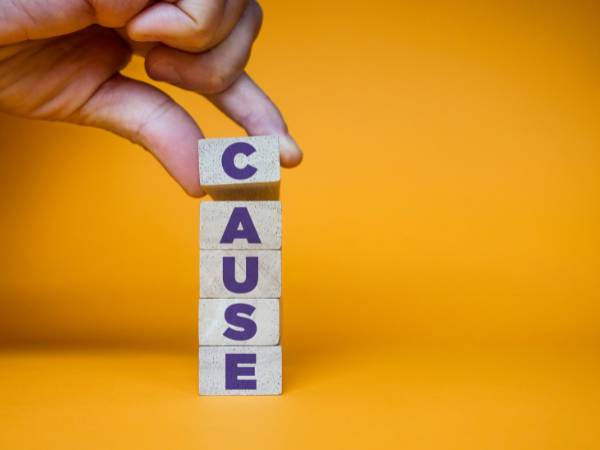Hemiplegia is a neurological condition characterized by paralysis on one side of the body, affecting either the right or left side. It can result from various underlying causes, and its severity can range from mild to severe. In this blog, we will delve into the different aspects of hemiplegia, including its types, signs, symptoms, causes, prevention, treatment, diagnosis, and home remedies.
Types of Hemiplegia
1. Spastic Hemiplegia
- Characterized by muscle stiffness and tightness.
- Often associated with damage to the motor cortex in the brain.
2. Athetoid Hemiplegia
- Involves uncontrolled, involuntary movements.
- Damage to the basal ganglia is a common cause.
3. Flaccid Hemiplegia
- Marked by weakness and reduced muscle tone.
- Typically results from damage to the peripheral nerves.
Signs and Symptoms
The signs and symptoms of hemiplegia can vary depending on the underlying cause and the severity of the condition. Common manifestations include:
- Weakness or paralysis on one side of the body.
- Difficulty with motor skills, such as walking, grasping objects, or performing daily tasks.
- Speech difficulties.
- Coordination problems.
- Cognitive challenges, including memory and concentration issues.
Causes of Hemiplegia
- Stroke: The most common cause of hemiplegia, often resulting from a blood clot or bleeding in the brain.
- Traumatic Brain Injury (TBI): Head injuries can lead to damage in the brain, causing hemiplegia.
- Cerebral Palsy: A group of disorders affecting movement and posture, often present from birth.
- Multiple Sclerosis (MS): An autoimmune disorder affecting the central nervous system.
- Brain Tumor: Tumors can exert pressure on the brain, leading to hemiplegia.
Prevention of Hemiplegia
While some causes of hemiplegia, such as genetic factors or congenital conditions, cannot be prevented, certain lifestyle choices can reduce the risk of stroke and traumatic injuries:
- Maintain a healthy diet and exercise regularly.
- Manage conditions such as hypertension and diabetes.
- Avoid smoking and limit alcohol consumption.
Treatment of Hemiplegia
- Physical Therapy: Helps improve muscle strength, coordination, and mobility.
- Occupational Therapy: Focuses on enhancing daily living skills and adapting to the challenges of hemiplegia.
- Speech Therapy: Assists in improving communication skills for those with speech difficulties.
- Medications: Drugs may be prescribed to manage underlying conditions or to alleviate symptoms.
Diagnosis
- Neurological Examination: A thorough assessment of motor function, reflexes, and coordination.
- Imaging Studies: MRI or CT scans may be conducted to identify structural abnormalities in the brain.
Home Remedies
While home remedies cannot replace professional medical care, they can complement treatment and improve overall well-being:
- Encourage a balanced diet rich in nutrients.
- Establish a regular exercise routine focusing on mobility and strength.
- Create a safe and supportive home environment to minimize the risk of accidents.
In Conclusion, Hemiplegia is a challenging condition that requires a multidisciplinary approach for effective management. Early intervention, rehabilitation, and a supportive environment are crucial in improving the quality of life for individuals living with hemiplegia. Understanding the types, signs, symptoms, causes, prevention, treatment, and diagnosis, and incorporating home remedies can contribute to a more holistic and comprehensive approach to managing this neurological condition.




